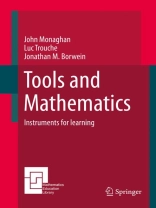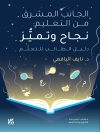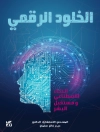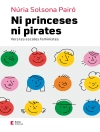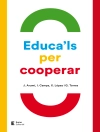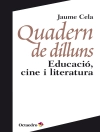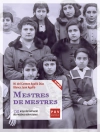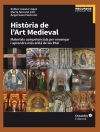This book is an exploration of tools and mathematics and issues in mathematics education related to tool use. The book has five parts. The first part reflects on doing a mathematical task with different tools, followed by a mathematician’s account of tool use in his work. The second considers prehistory and history: tools in the development from ape to human; tools and mathematics in the ancient world; tools for calculating; and tools in mathematics instruction. The third part opens with a broad review of technology and intellectual trends, circa 1970, and continues with three case studies of approaches in mathematics education and the place of tools in these approaches. The fourth part considers issues related to mathematics instructions: curriculum, assessment and policy; the calculator debate; mathematics in the real world; and teachers‘ use of technology. The final part looks to the future: task and tool design and new forms of activity via connectivity and computer games.
Inhaltsverzeichnis
Preface.- 1.Introduction to the book.- 2.Doing mathematics with tools: one task, four tools.-
3.The life of modern Homo Habilis Mathematicus: Experimental computation and visual theorems.- 4.Tools, human development and mathematics .- 5.The development of mat
hematics practices in the Mesopotamian scribal schools.- 6.Discussions of Part A chapters.-
7. Developments relevant to the use of tools in mathematics.- 8.Constructionism.- 9.Activity theoretic approaches.- 10.Didactics of mathematics: concepts, roots, interactions and dynamics from France.- 11.Discussion of issues in chapters in Part B.-
12.Integrating tools as an ordinary component of the curriculum in mathematics education.- 13.The calculator debate.- 14. Tools and mathematics in the real world.- 15.Mathematics teachers and digital tools.- 16. Tasks and digital tools.- 17.Games: artefacts in gameplay.- 18.Connectivity in mathematics education: Drawing some lessons from the current experiences and questioning the future of the concept.- Epilogue.
